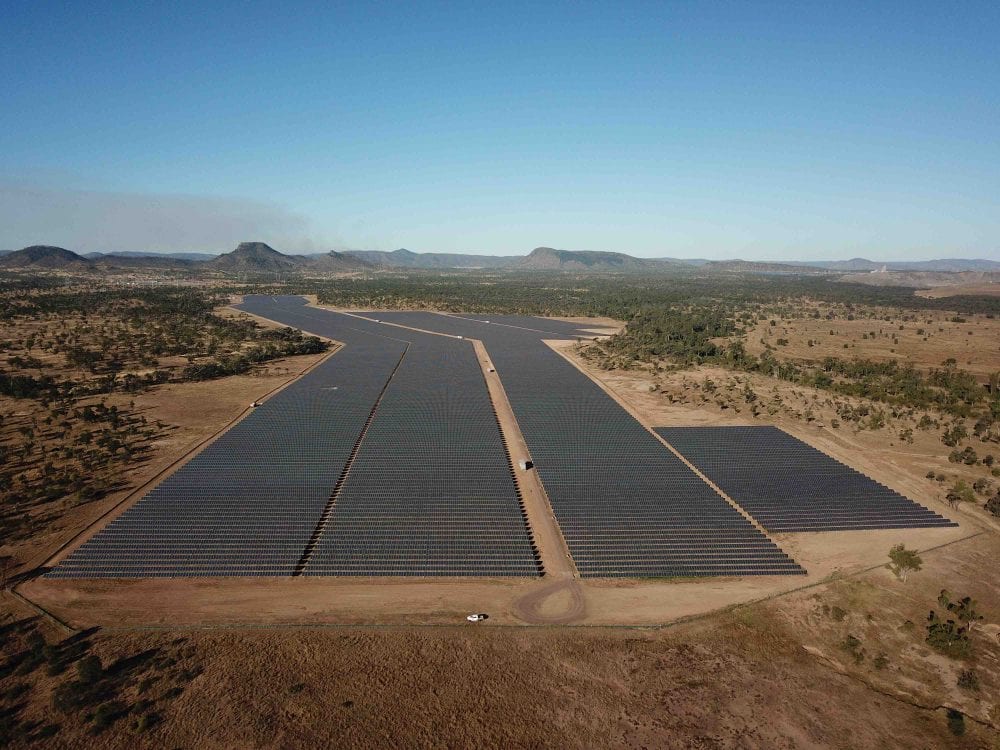
The cost of building new large-scale solar energy generation in Australia has fallen to an “extraordinary” new low, the head of the Australian Renewable Energy Agency has said, citing industry reports of numbers down around the $50/MWh mark.
Australia’s PV price plunge has seen the cost of utility-scale solar fall from around $135/MWh when ARENA launched its first auction in 2015, to “somewhere in the $50s” today, or $1/W, ARENA chief Ian Kay said on Wednesday.
“So we’ve gone from $1.60/W …. to, I think you’ll actually find that people are now talking about, by the next round of projects that are being developed, due to be financed in the next 12 months, bidding under $1/W,” Kay told the Large-scale Solar & Storage conference in Sydney, co-hosted by RenewEconomy.
“And that’s then translating into … dollars per megawatt-hour of numbers starting with a five, so somewhere in the 50s, dollars per megawatt-hour for solar.
“Which is just extraordinary… an extraordinary achievement for the industry,” Kay said.
Kay’s comments firm up reports of recent power purchase agreements locked in at sub $55/MWh, such as the PPA obtained by Origin Energy for the 530MW Stockyard Hill wind farm in Victoria, and also for some solar projects.
And it confirms that solar is now well and truly the cheapest form new energy generation, and is well under the cost of wholesale electricity in Australia – even with the cost of storage added.
Kay’s comments were echoed by Leonard Quong, an analyst with Bloomberg New Energy Finance, who told the conference: “The costs are coming down faster than I can update my charts.”
Quong noted that the emerging over-supply of Chinese modules – estimated at more than 20GW – could start to have an impact in Australia by the end of the year, pushing the cost of large scale solar projects down further.
“The cost of renewables is well below the wholesale electricity cost – and will remain lower for at least the mid term,” Quong said. This included no price for LGCs going forward, because of the anticipated over-supply of renewable projects.
“The electricity price alone will be enough” to justify construction, he said.
However, both Kay and Quong noted that storage remains a key issue – both the balancing of the grid, and to deal with negative pricing events in the wholesale market in the middle of the day, which are already being witnessed in Queensland.
ARENA’s Kay said that even with the added cost of what is becoming known in the industry as “firming,” the cost of solar is beating the current wholesale electricity market in Australia.
“From a cost perspective, LCOE (levelised cost of energy) is decreasing dramatically,” Kay said. “But what’s important is not the absolute cost of PV, but the cost of integrating into system.”
Kay says the cost of balancing that solar, when renewables take up a much larger share of the electricity market in 2040 is expected to add another $20-$30/MWh.
But even then, he said, “the cost of renewables plus firming is actually under the price of where we are now on the spot market.”






